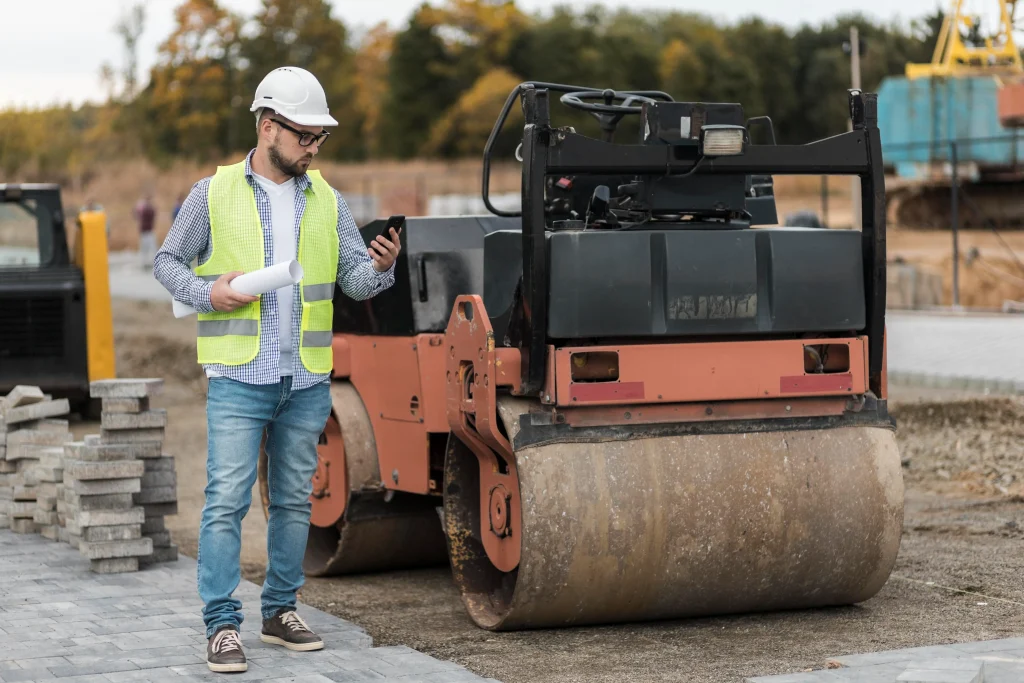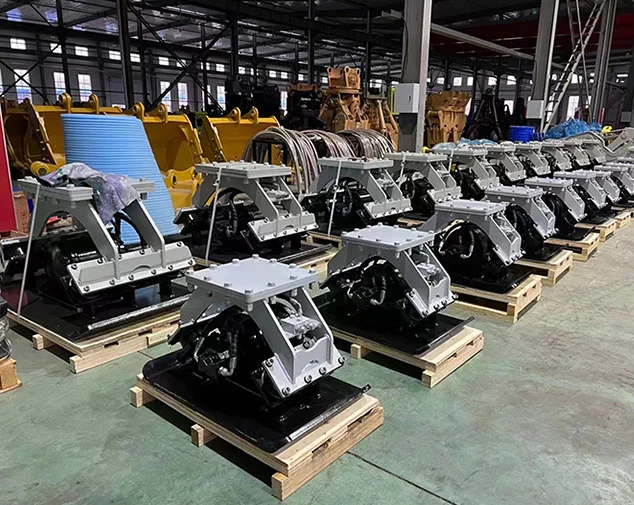How to Match Compaction Equipment with Project Requirements Effectively
Compaction equipment is super important for building stuff that lasts. It makes dirt and ground super tight and strong for all kinds of projects. This guide looks at different kinds of compaction machines—like vibratory rollers, plate compactors, and rammer compactors—and what they do best. Plus, it shares tips on picking the right one, using it well, and keeping it in great shape. It also talks about cool new tech that makes work faster and better. Whether you’re building roads, houses, or big factories, knowing this stuff helps you get awesome, long-lasting results.
What Are the Types of Compaction Equipment and Their Functions?
Compaction equipment is a must in construction. It packs dirt tightly to make it super stable. There are different kinds for different jobs:
Vibratory Rollers
Vibratory rollers are excellent for compacting loose dirt, such as sand or gravel. They shake to move dirt bits closer together, making a super solid layer. These are great for building roads or big projects like airports.
Plate Compactors
Plate compactors are handy for small spots like trenches or tight corners. They wiggle fast to pack down stuff like sand or gravel. They’re super flexible for lots of jobs.
Rammer Compactors
Rammer compactors are perfect for sticky dirt like clay. They slam down hard to squish the ground tight. They’re great for making strong bases for houses or deep digging spots.
How Do You Choose the Right Compaction Equipment?
Picking the right machine depends on a few things:
Soil Types and Conditions
The kind of dirt you’ve got matters a lot. Loose dirt like sand loves vibratory rollers. Sticky dirt like clay needs rammers. Mixed dirt might need a bit of both. Knowing your dirt helps you pick the best tool.
Project Size and Type
Big jobs like highways or airports need heavy vibratory rollers. Smaller stuff like house yards or small shops can use plate compactors. Match the machine to how big your project is.
Noise, Space, and Green Rules
Some places have rules about noise or space. Or they care about keeping the planet clean. Pick machines that fit those rules, like quieter ones for city jobs or green ones for eco-friendly sites.
How Does Kingho’s Product Range Address Specific Applications?
Kingho makes cool machines that fit all kinds of building needs:
Features and Benefits of Vibratory Rollers
Kingho’s vibratory rollers are top-notch with neat shaking tech. They pack dirt evenly across big areas. Their tough build makes them last, even in super hard jobs. They’re awesome for big projects needing solid ground.
Applications of Plate Compactors
Kingho’s hydraulic plate compactor is great for small spaces. It’s made with super-strong Q345 manganese steel and American-imported hydraulic motors. This makes it work great and not rust. It’s perfect for tight spots needing exact work.
Specialized Solutions with Rammer Compactors
Kingho’s rammer compactors hit hard for sticky dirt. They use tough materials that don’t wear out fast. These are great for tough spots needing deep, strong packing.
Which Model Should You Choose for Your Project?
Picking the right Kingho model makes your job easier:
Residential Construction Projects
For house bases or yard work, plate compactors are the way to go. They’re exact and won’t squish the dirt too much. They’re perfect for smaller home jobs.
Roadwork and Infrastructure Development
Big vibratory rollers are a must for roads or bridges. They make super smooth, tough surfaces that last a long time. They’re great for big road projects.
Large-Scale Industrial Applications
Big factory sites need special tools like rammer compactors. These handle thick or layered dirt super well. They’re awesome for heavy industrial jobs.
Optimizing Performance with Proper Usage and Maintenance
What Are the Best Ways to Use Compaction Equipment?
To get the best out of your machine, use it carefully. Pick the right one for your dirt and job. For example, vibratory rollers are great for loose dirt, and rammers rock for sticky stuff. Check the machine before you start. Look at parts like bearings, motors, and hoses for any problems.
When you use it, go slow and steady. Don’t squish the dirt too much, or it might get weak. Make a few passes to get it nice and tight. Don’t jerk the machine around—it can hurt the parts. Train workers to use it right. Follow the maker’s rules to keep it safe and working great.
How Can Regular Care Keep Equipment Working Longer?
Taking care of your machine makes it last way longer. Put grease on moving parts with the stuff the maker says to use. This stops them from rubbing too hard. Check hoses and seals for leaks that could mess things up.
Clean bearings and motors to keep dirt out. This stops them from getting too hot or breaking. Swap out old parts fast to avoid big fixes or stopping work. For example, Kingho uses tough German-imported FAG bearings for extra strength.
Store machines in a dry, cool spot to stop rust. Cover them when not in use to keep out rain or dust. Good care keeps your gear ready for action.
The Role of Technology in Enhancing Efficiency
What Cool Features Are in New Models?
New compaction machines have neat tricks to make work easier. Kingho’s hydraulic systems use American-imported motors for steady power, even in tough spots. They’re made with Q345 manganese steel, which is super tough and doesn’t rust. Safety stuff like overload protectors keeps things safe and easy to use.
Smart tech is a big deal, too. Sensors check how the machine’s doing while you work. This helps you tweak things for the best results. These features make machines faster and safer.
How Does Smart Tech Make Compaction Better?
Smart tech changes how compaction works with awesome data tools. Sensors in the machine tell you how tight the dirt is while you work. This lets you decide if you need more passes or different settings.
Real-time checks also save fuel by making the engine work just right. Auto systems keep the pressure even, so you don’t get weak spots. For example, Kingho’s new models with Swiss rotary motors can turn all the way around. This makes them super exact in tight spots. These tricks cut work time and make projects super solid.
FAQs
Q1: What things should I think about when picking compaction equipment?
Think about the dirt type, how big the job is, and rules about noise or green stuff to pick the right machine.
Q2: How often should I check my compaction equipment?
Check it every 50–100 hours of work or as the maker says, depending on how much you use it.
Q3: Can old machines get smart tech added?
Some smart stuff can be added to old machines, but it depends on how they’re built.



